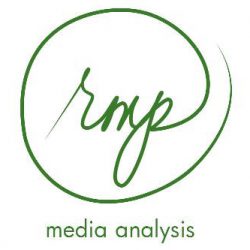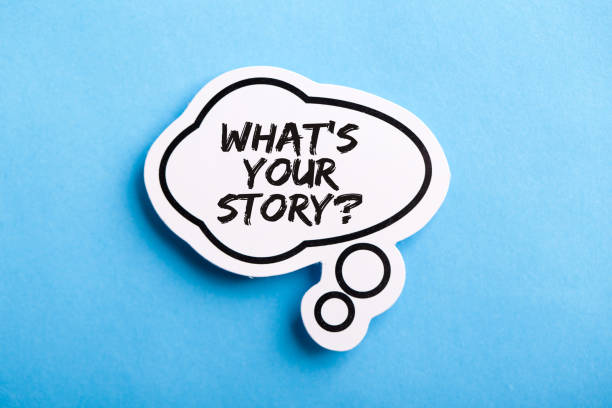Public relations should stop telling stories with their data.
In today’s environment companies need to be transparent, trustworthy, display a social conscious and be relatable to the public, their stakeholders, their target audience and their employees. Public Relations is responsible for protecting and managing the perception of the company brand.
PRSA states the modern definition of public relations is “… a strategic communication process that builds mutually beneficial relationships between organizations and their publics.”
It includes several disciplines that are inter-related around communication. This includes content creation, speech-writing, internal communications, corporate communications, brand journalism and others.
Over the last few years the term “storytelling” has taken a place front and center when discussing public relations. It’s visible in the marketing campaigns and messaging of nearly every public relations software platform. For example:
“Identify influencers, craft and distribute meaningful stories…” – Cision
“Generate positive media coverage by pitching brand stories to journalists…” – Agility PR
“…identify key journalists and social influencers who could help tell your story.” – Meltwater
Who Doesn’t Love A Good Story?
Children love a good story. As a child story telling was a way to let one’s imagination explore and weave an immersive, more often than not, fictional experience. In Kindergarten story-time was my favorite activity. Being told a story right before bed either set me up with sweet dreams or dread depending on the story and the storytellers emphasis. One thing was consistent though, if a story was good I wanted to hear it over and over and over again.
Adults love a good story. We love story telling so much we have major industries built around the very concept! Hollywood, Book Publishing, Broadway (stories with and without music!) We spend lots of money to see and own good stories. Many of us re-watch, re-read and pass on these stories.
Non- profits love a good story. It means they can fund raise around a good story and help more people.
Activists love a good story. Getting their story out means they can raise support for their cause.
Public relations professionals love a good story. These are the people who can go into their own organization and find good stories to help them increase their earned media coverage. Earned media enhances a company’s reputation because a journalist has chosen to cover the story thereby imparting credibility to the company.
Telling Stories About Data
Public relations has taken this a step further and is now telling stories about their data.
Reporting data in the form of a story is one of the top messages public relations is sharing lately.
I remember my 1st grade teacher instructing us to “not tell stories.” Here the context was that we should not tell tall tales because they sound better than the facts. Or better yet, not to embellish the facts just to get a good story.
Public relations has always used story telling as a means to be relatable to their publics. Effective communications builds brand reputation. Story telling, when properly executed takes the reader on a journey. A well executed story is relatable to the reader. It doesn’t require explanations and can stand on it’s own because it’s written in a clear and concise manner.
Public relations is faced with more and more data in the digital age coming at them faster and faster. Reporting on the data has now become “tell the story of your data.” This phrase is why I chose to write this long post. Does data tell a story? Yes, it certainly does. But I take issue with the word story. When I consult with clients it’s not a story that I ask them to focus on. It’s the data and the stated goals this data is representing that is important.
The data points, in context, reveal information. A trend or an anomaly, because of course we have a benchmark to work against 🙂
Multiple data points give us a narrative. Connected data points/events can then be viewed in the context of business goals.
How do the data points related to the business goals?
What needs to be adjusted to get the data points closer to the business goals in the future?
Just telling a story is not enough for the public relations professional to be heard and respected by the business. The communication needs to be a narrative that ties back to stated business goals. Demonstrating the benchmark(s), progress over a time-period, adjustments made and their outputs and outcomes – these are the things needed to “tell your story.”
The story should be how Public Relations contributes to the success of the business based on hard numbers that show the progress, agility and resilience of a professional team using data to inform company decision making.


